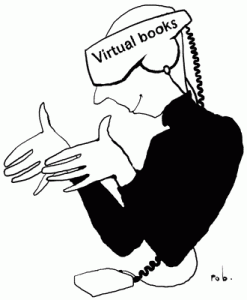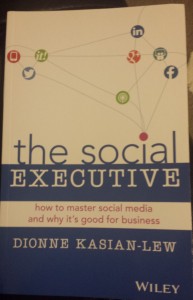Again following on with the concepts revolving around hypertext, this weeks reading focuses on possibilities available for narratives and the potential role of the reader. Despite the length and breadth of the reading however, it was one of the opening quotes that sparked my interest the most.
What if you had a book that changed every time you read it? —Michael Joyce (1991)
Straight away this reigited my childhood memories of the classic novel series, ‘Give Yourself Goosebumps’ by R.L Stine that through a choice of options at the end of various chapters, enabled you to jump between pages and chose the narrative outcome. As a child, I, as I’m sure many others, absolutely loved these books. This structuring of the text allowed the reader to feel as though they were becoming involved in the narrative and enabled the reader to read the book multiple times and through trial of each options, progress through a different story on each occasion. However in the format of a written book, bound by a front and back cover, there was a limit to these variations. Discussed and questioned throughout the reading is the potential of hypertext to produce novels that are continuously changing, that through visual interaction enable the reader to constantly produce different outcomes. Yet isn’t this simply the production of completely different narratives? How is this any different to picking up three different novels from a library about teenage love or zombies?
The reading then continues on to discuss the kaleidoscope book. A book that really could interact with your choices, moods and fantasies, that allowed you to decided when the book ended and how. Is this what hypertext could lead to? Do we want to control the narratives that we read for enjoyment and relaxation?
Technology has provided the human race with so many improvements and opportunities but how far do we take this technology in erasing all the history and fundamentals it has arisen out of?


